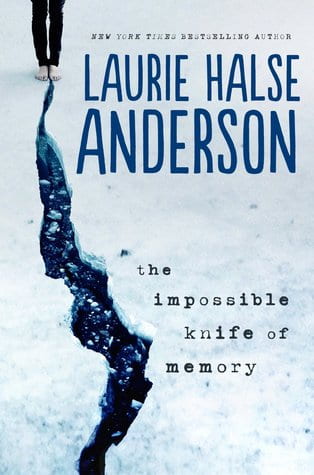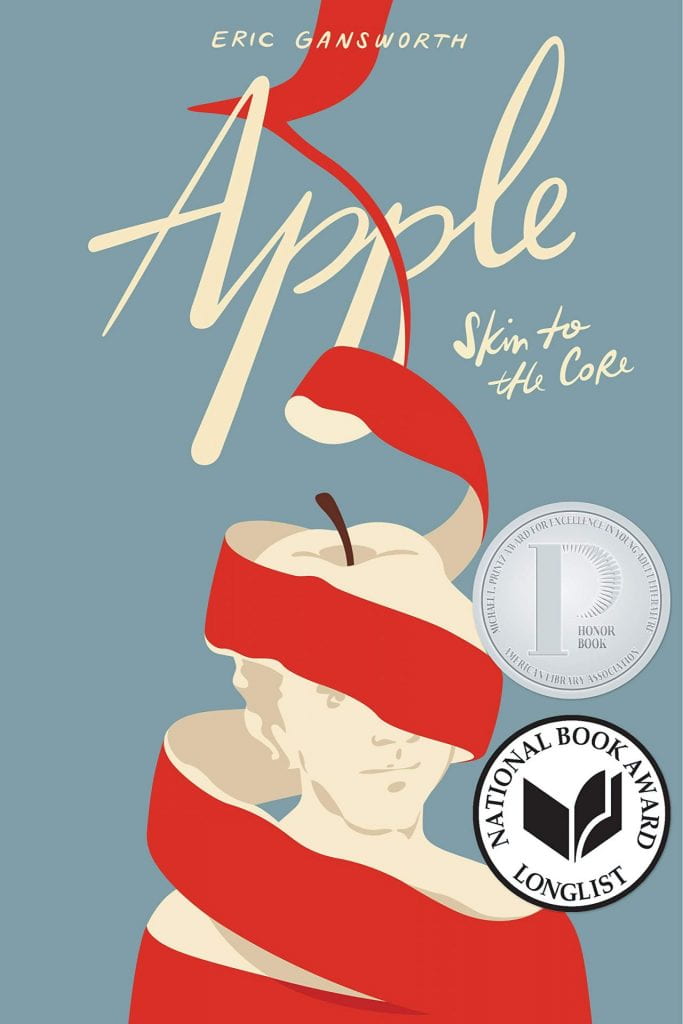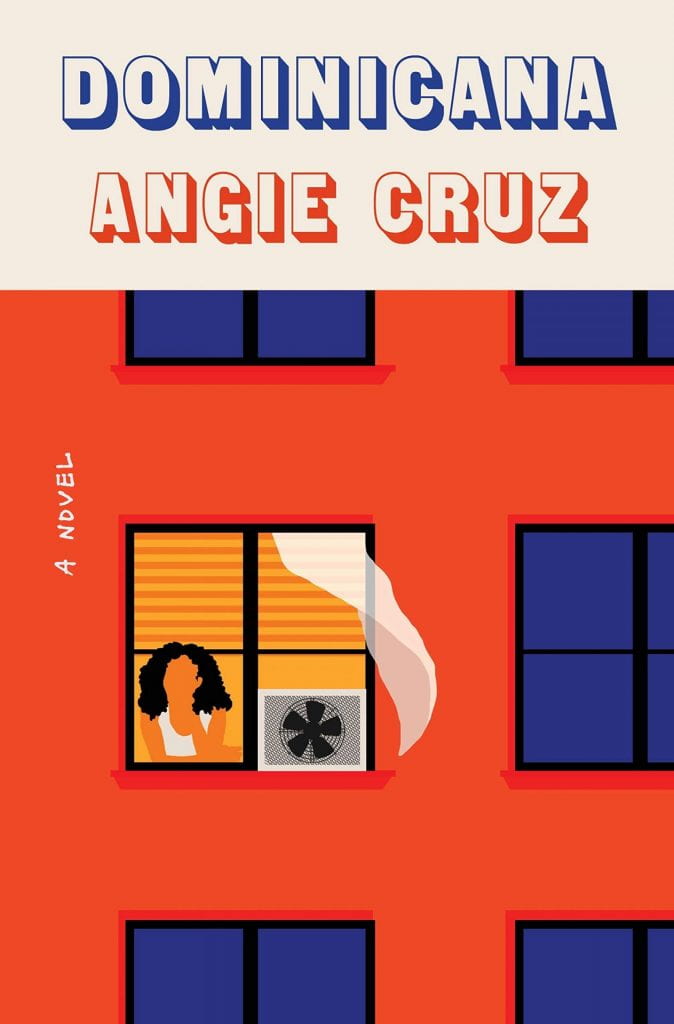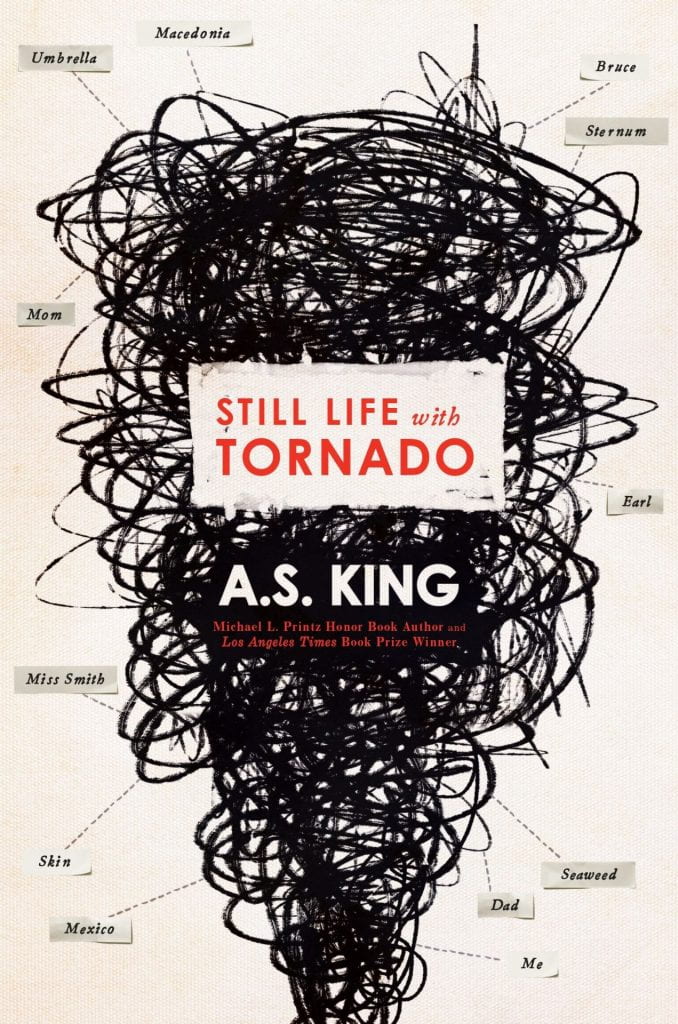For years, Hayley Kincain has been traveling across the country with her father, Andy, in his 18-wheeler. All of the traveling was in an attempt to help her father outrun the demons of his past in Iraq. Now the two of them have settled down in Andy’s hometown trying to have a “normal” life. The Impossible Knife of Memory by Laurie Halse Anderson is about how Hayley tries to navigate high school life with a little bit of romance while also looking out for her father and trying to keep him from drowning in his past.

After having Mrs. Phelps and Sonny recommend this book to me, I decided to take a stab at it. I’m happy that I did because it was definitely worth the read. I found that I was unable to put this book down once I cracked it open, and as a result I finished it within two days over February vacation. There was just something about Hayley’s story that kept drawing me in and I found myself lost in her life.
I loved the way Anderson structured the relationship between Hayley and her father. Instead of having the whole story be about her father’s moments of instability, there were times where readers would see more wholesome moments between the two. These very short and sweet moments helped readers to fully grasp why Hayley was so devoted to helping her father, despite the many mistakes he makes throughout the book.
With this, I found Hayley’s devotion to her father extremely accurate. I think that some readers might feel frustrated with the way Hayley constantly forgives her father or the way she chooses to keep their situation secret, but it perfectly lines up with the actions of a child in that type of situation. The only person Hayley has is her father, which is what truly makes this story all the more heartbreaking. It perfectly captures what it’s like for a child to watch their parents spiral out of control without knowing what to do.
I also loved the way that the author depicted Andy’s struggle with PTSD. I found that his mental health was captured in a very real and honest way that didn’t at all detract from the plot. I sometimes find that when authors try to write about mental health, they fall short of fully capturing the struggles being faced. Andy’s experience has the potential to bring awareness to the situation for veterans after they return home, and the struggles they face trying to adjust back into society.
One of the things I would criticize about this book would be the way Hayley tends to see herself as being something special. She is constantly talking about herself as though the things that she does make her “different from other girls.” Apparently, just because she reads, doesn’t wear makeup, and dresses conservatively, she’s better than other girls. Nowadays, we refer to these types of women as “pick-me girls,”
Hayley also has an issue with judging everyone else. She walks around her high school and immediately assumes that all of her peers are “zombies” who can’t think for themselves or understand what the “real world” is like. I can understand how teenagers tend to be self-centered, but this just takes it to a whole new and annoying level. I was extremely disappointed by the way Hayley was so quick to make assumptions about others, especially when Anderson’s other book, Speak, showed how important it was to not treat others this way. Having read Speak, I was expecting Hayley to be more accepting and understanding, and not as close minded.
The best books are the ones we become lost in; the ones where we lose track of time while reading them. That was what happened to me with The Impossible Knife of Memory by Laurie Halse Anderson. Despite Hayley’s character flaws, I still found myself unable to put this book down. I would recommend this book to anyone who is looking for a book that they can quickly read through, but still find enjoyment out of.





